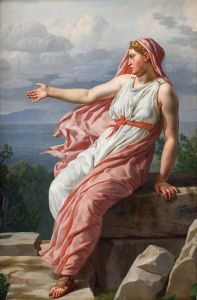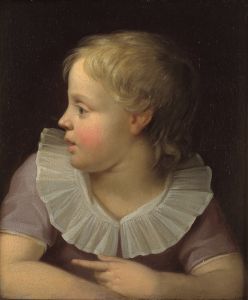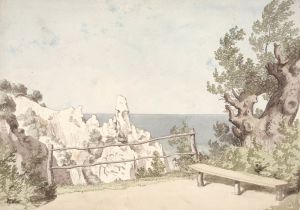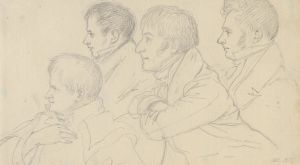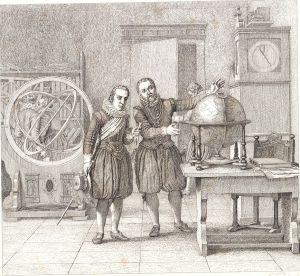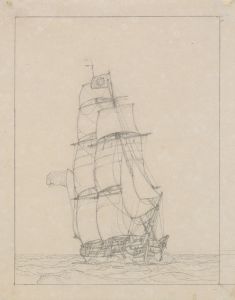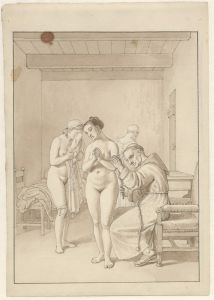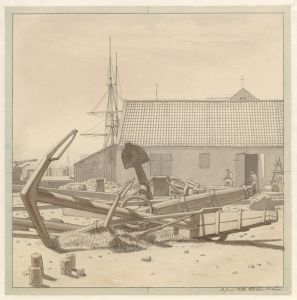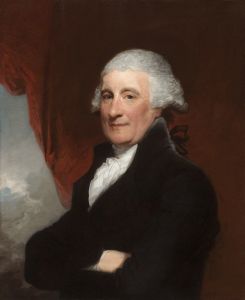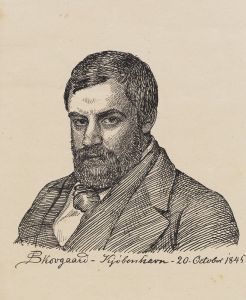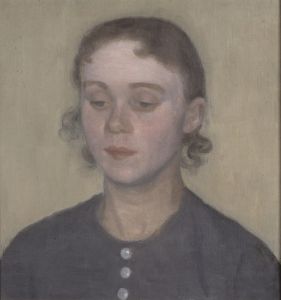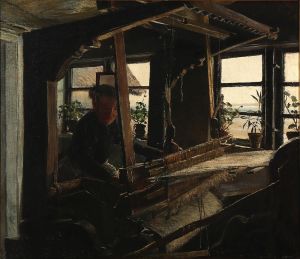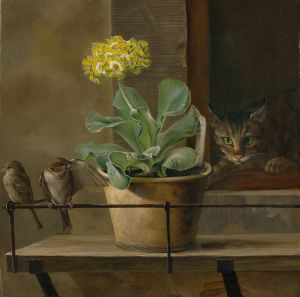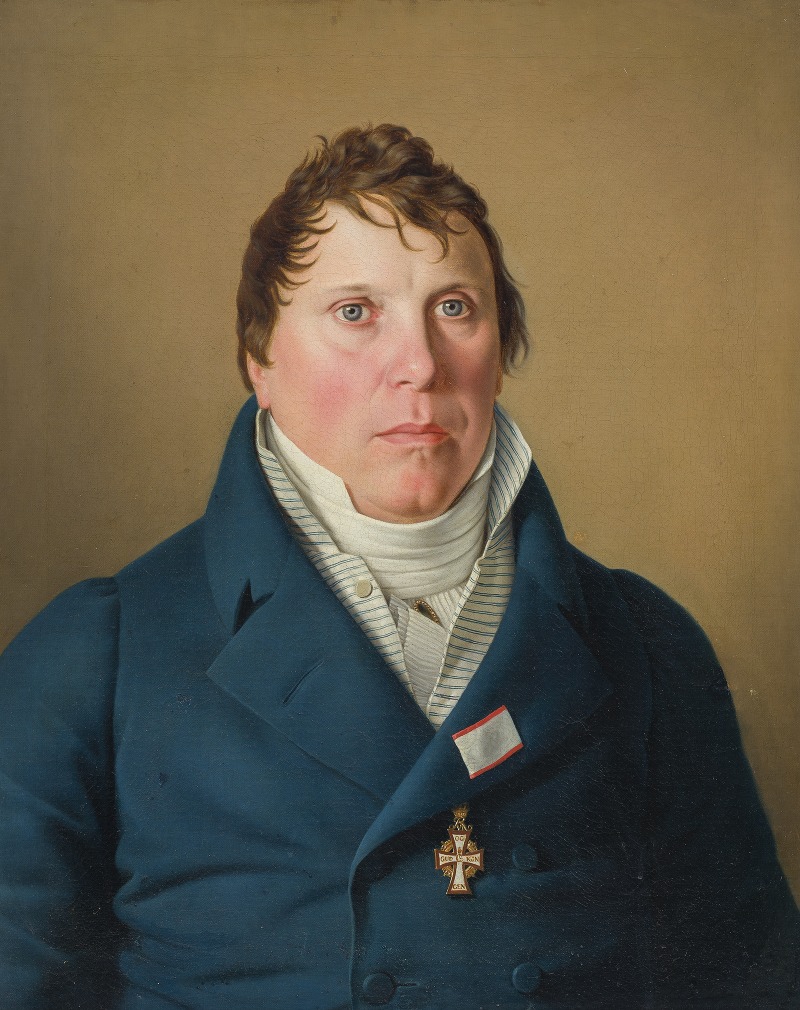
Danish Governor Lund
A hand-painted replica of Christoffer Wilhelm Eckersberg’s masterpiece Danish Governor Lund, meticulously crafted by professional artists to capture the true essence of the original. Each piece is created with museum-quality canvas and rare mineral pigments, carefully painted by experienced artists with delicate brushstrokes and rich, layered colors to perfectly recreate the texture of the original artwork. Unlike machine-printed reproductions, this hand-painted version brings the painting to life, infused with the artist’s emotions and skill in every stroke. Whether for personal collection or home decoration, it instantly elevates the artistic atmosphere of any space.
Christoffer Wilhelm Eckersberg, often referred to as the "father of Danish painting," was a prominent figure in the Danish Golden Age of painting. Born in 1783, Eckersberg played a crucial role in shaping the artistic landscape of Denmark during the 19th century. His works are celebrated for their clarity, precision, and adherence to the principles of neoclassicism.
One of Eckersberg's notable works is "Danish Governor Lund," a portrait that exemplifies his skill in capturing the essence of his subjects with remarkable detail and realism. The painting is a testament to Eckersberg's ability to blend the neoclassical style with a keen observation of human character, a hallmark of his portraiture.
"Danish Governor Lund" depicts a Danish official, presumably holding a position of authority, as suggested by the title. The portrait is characterized by its meticulous attention to detail, from the textures of the clothing to the subtle expressions on the subject's face. Eckersberg's use of light and shadow enhances the three-dimensionality of the figure, bringing a lifelike presence to the canvas.
Eckersberg's training and background played a significant role in his artistic development. He studied at the Royal Danish Academy of Fine Arts in Copenhagen, where he was influenced by the teachings of the neoclassical tradition. His education was further enriched by his travels to Paris and Rome, where he encountered the works of great masters and absorbed the classical ideals that would inform his own style.
The portrait of Governor Lund reflects Eckersberg's commitment to portraying his subjects with honesty and integrity. His approach was not merely to capture a likeness but to convey the personality and status of the individual. This dedication to realism and character study is evident in the way he rendered the governor's attire, posture, and expression.
Eckersberg's influence extended beyond his own works; he was also a revered teacher at the Royal Danish Academy of Fine Arts. His teachings and mentorship helped shape a generation of Danish artists, including notable figures like Wilhelm Bendz and Christen Købke. Through his guidance, Eckersberg instilled a respect for classical techniques and a pursuit of artistic excellence that continued to resonate in Danish art long after his time.
While specific details about the life and career of the subject, Governor Lund, are not widely documented, the portrait remains an important piece within Eckersberg's oeuvre. It serves as a representation of the artist's mastery in portraiture and his ability to capture the dignity and presence of his subjects.
Eckersberg's legacy is preserved in numerous collections, with his works held in high esteem in Danish museums and galleries. His contribution to the art world, particularly in Denmark, is celebrated for its impact on the development of a distinctly Danish style of painting during the 19th century. "Danish Governor Lund" stands as a testament to Eckersberg's enduring influence and his role in the cultural history of Denmark.





